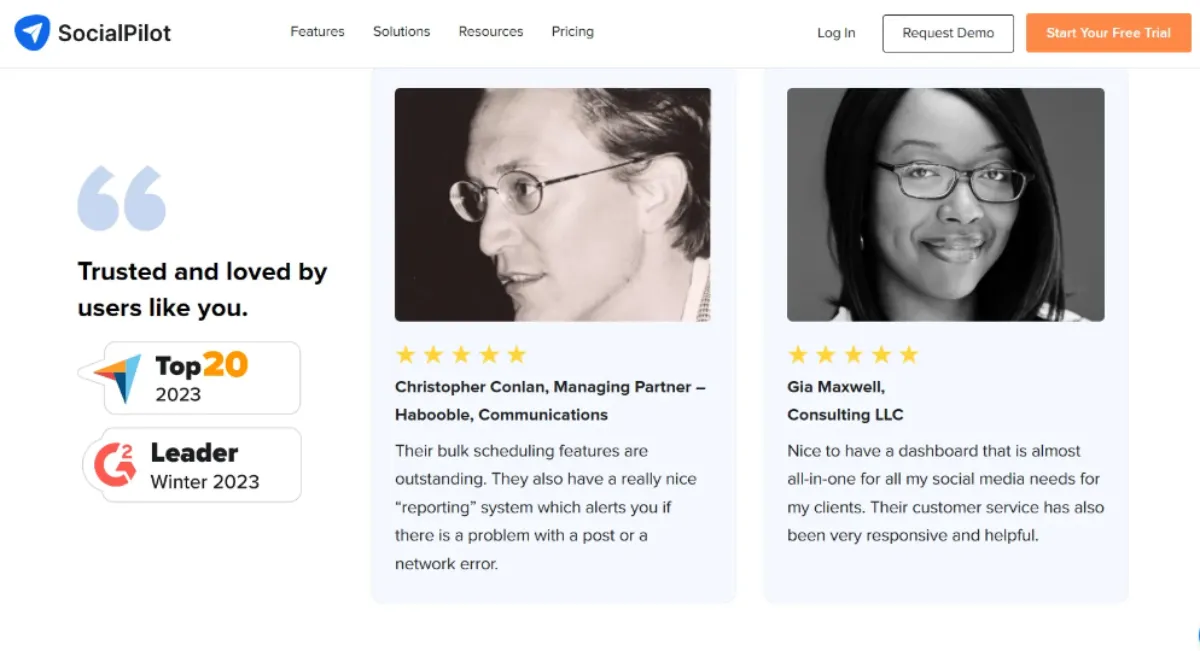More About Testimonials
Did you know the word testimonial evolved from the word ‘testimony,’ first used in the 15th century to refer to a demonstration of facts or evidence? Testimonials were earlier given verbally, with customers talking about a product or service positively and inspiring others to use the same.
With the advent of marketing, testimonials, in the form of written and spoken statements, have been adopted for the growth and expansion of a business. They serve as organic promotions of a product or service by reflecting the personal experiences and feedback of users. A testimonial essentially highlights the benefits and advantages of a brand or its offerings and how they deliver a positive outcome.
While testimonials are sometimes confused with endorsements, the primary difference is that the former are typically provided by customers or users, while celebrities or significant personalities usually do endorsements. Testimonials are perceived as more credible and trustworthy because they are given by actual customers or clients with firsthand experience with the product or service.
So, what are testimonials’ primary benefits?
Brands and businesses use testimonials as a form of social proof to establish credibility and confidence in the minds of potential customers. They help to speed up the lead conversion process by providing genuine insights, based on which the target users can make informed decisions to engage with a particular product or service.
Testimonials are a crucial aspect of advertising and one of the best strategies to grow startups or small and medium-sized businesses. A study shows 83% of buyers trust testimonials more than endorsements or advertising.
One of the biggest challenges in creating or requesting testimonials is to have them come across as genuine and authentic. People are less likely to be inspired if a testimony reads or feels contrived, stiff, and non-engaging. Thus, comments should be sought from real customers whose words can be persuasive and influential in attracting new customers.
As written statements, testimonials are displayed on websites, marketing materials, product packaging, and other promotional aids.
In verbal form, testimonials can be captured as video recordings or audio clips, which can be broadcast on websites, social media platforms, or advertisements. Testimonials typically include the customer’s name, title, and sometimes their image to signal authenticity.
Social media platforms like Twitter, LinkedIn, Instagram, Facebook, and other sites such as Practo, TripAdvisor, etc., too, showcase testimonials.
See the image below that shows testimonials on the SocialPilot website. These customer testimonials speak about their experiences and how the solutions offered by the company helped meet their needs. These ratings and reviews give other website visitors and potential customers insights into the brand solutions and indirectly encourage them to sign up for them.



